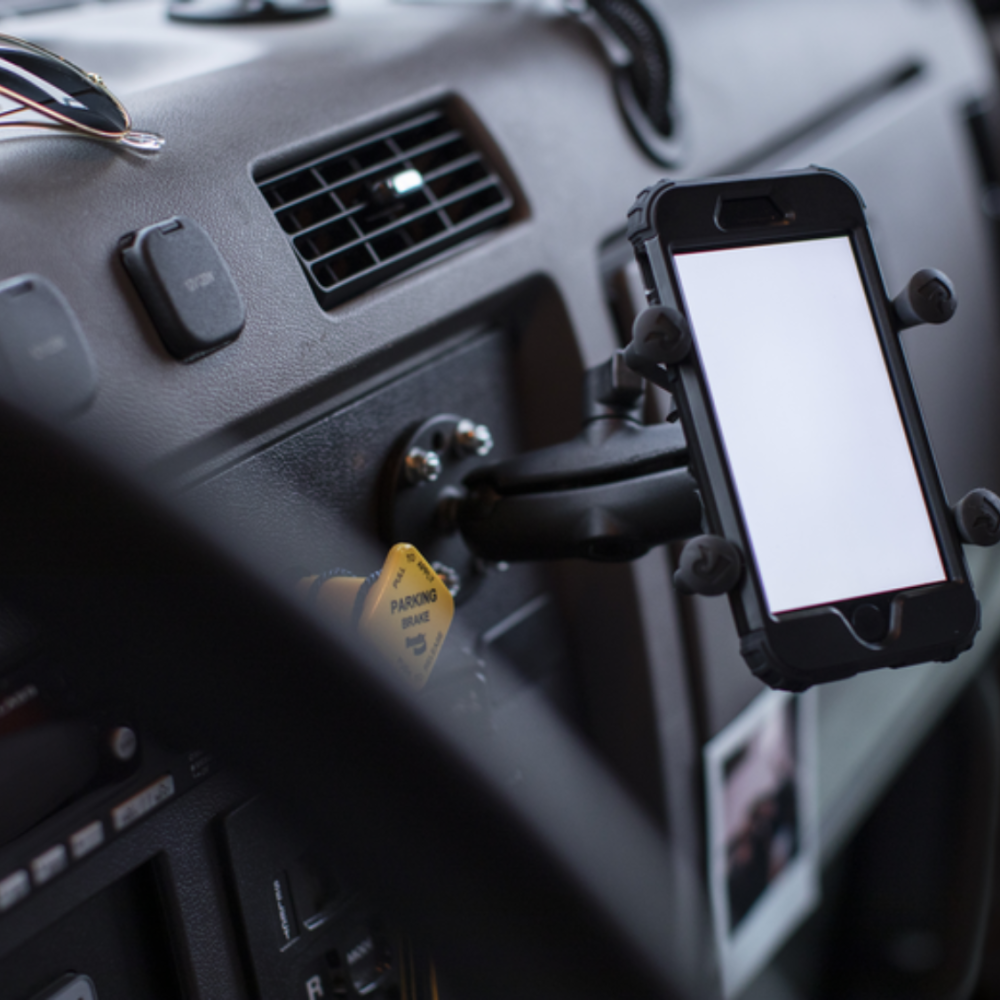Around the world, it’s estimated that there are over 50 million victims of human trafficking. In the United States, human trafficking takes place in every state, in both rural and urban settings. Truckers have made thousands of calls to assist in the recognition and reporting of this crime, both to local law enforcement and the National Human Trafficking Hotline, operated by Polaris Project.
As part of Amazon’s ongoing commitment to safety, here is an overview of the red flags to look for and recommendations for responding to suspicious situations, so that you, too, can directly impact the lives of trafficking victims.
“Truckers are now one of the most motivated and well-organized industry groups working on this issue and their efforts have led to countless arrests and recoveries of victims across the country.”
What is trafficking?
Human trafficking happens when people are bought and sold for forced labor or services through force, fraud, or coercion.
A large percentage of the people trafficked are women and children. Common places where human trafficking occurs include bars, massage parlors, nail salons, large events, private homes, hotels, restaurants, truck stops, rest areas, and factories.
What can human trafficking look like?
Some of the red flags that human trafficking may be occurring or that you’re interacting with a victim include:
- Someone who is not in control of their own ID or passport.
- Someone who isn’t allowed to speak for themselves.
- Citizens Band radio chatter about “commercial company” or flashing lights signaling “buyer” location.
- Conversation about a handler and making a quota.
- Signs of branding or tattooing of trafficker’s name (often on neck).
- A vehicle that seems out of place near trucks, possibly dropping someone off at a truck and picking them up 15-20 minutes later.
What to do if you see signs of human trafficking
If you see something, say something. When you notice signs of human trafficking, you can:
- Ask if the person needs help. Do not invite people into your truck or try to “rescue” anyone.
- Gather as much information as you can. Details are critical. If you’re comfortable, consider asking questions like:
- When is the last time you saw your family?
- Are you free to come and go as you please?
- Do you feel safe?
- Do you keep your own money?
- Does anyone control your phone or your communication?
- Call 911 immediately if you think it’s an emergency. It’s okay to be wrong. You’re encouraged to leave information for law enforcement in case they need to ask additional questions, but it’s not required. If you feel unsafe, drive to safety.
- Call the National Human Trafficking Hotline (US: 1-888-3737-888 | Canada: 1-833-900-1010). It will not track your number, and won’t require a name, company info, or identifying information. The hotline can help you make a report or determine if you’re witnessing human trafficking.
- Text INFO or HELP to the National Human Trafficking Hotline anonymously: BEFree (233733). Anyone can and should report suspicious behavior, and all texts are anonymous and confidential.
- Visit TAT. Formerly called Truckers Against Trafficking, TAT provides free training courses and up-to-date phone numbers, so you can easily report human trafficking based on your location.
Make a difference against human trafficking
Call, ask, report. The biggest impact you can make is not ignoring the problem. Together, we can change the lives of the communities we serve.
Disclaimer: Amazon does not tender loads through any third-party load boards. Any Amazon loads posted on third-party load boards will only be tendered directly to approved and onboarded carriers via the Relay web portal or Relay mobile app. If you are interested in hauling loads for Amazon, sign up and book directly on relay.amazon.com. For more about our efforts against fraud and cargo theft, see our trustworthy transportation page.







